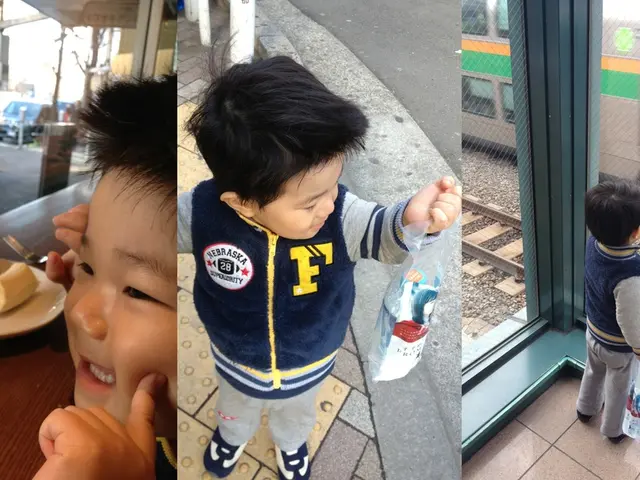Soothing Strategies for Children with Autism
In the realm of supporting autistic children, creating a calming space is an essential step towards promoting self-regulation. This article explores various strategies that have been proven effective in managing anxiety and stress in autistic children, including deep pressure techniques, calm down spaces, calming breathing exercises, sensory tools, and distraction.
Deep pressure techniques, such as the use of weighted blankets, provide calming sensory input that can help regain emotional control. By engaging the proprioceptive system, these techniques have been shown to reduce anxiety and improve self-regulation in autistic children [4].
Calm down spaces, or sensory corners, are dedicated, quiet, and comfortable areas designed to allow children to practice calming techniques and engage with sensory tools. These spaces, which reduce distractions, help children recharge and manage stress effectively [4]. Sensory tools, like stress balls, visual timers, and sensory bottles, offer focused, soothing stimulation, assisting in self-regulation and emotional well-being.
Calming breathing exercises are frequently incorporated into behavior therapy (such as ABA) and mindfulness-based interventions. These routines help children regain emotional control, reduce arousal during stressful events, and build coping skills to manage anxiety and meltdowns [2][1].
Distraction techniques, when appropriately used, can shift attention away from anxiety-provoking stimuli or triggers, helping children to avoid escalation into meltdowns. Distraction is sometimes combined with other strategies to facilitate emotional regulation during challenging moments [2].
Applied Behavior Analysis (ABA) therapy, which often incorporates these techniques (including breathing exercises and sensory input), has strong evidence supporting its efficacy in reducing anxiety, tantrums, and meltdowns in autistic children by teaching alternative coping strategies and emotional regulation skills [2][3]. Similarly, mindfulness-based interventions improve emotional regulation, reduce anxiety and stress, and enhance social responsiveness for autistic children and their parents [1].
After a meltdown, it's crucial to determine the cause and discuss ways to prevent future meltdowns. Learning a child's sensory needs is key to creating the perfect calming space. Every child is different, and understanding their unique sensory preferences will help tailor these techniques to their needs.
Teaching children breathing techniques while they are in a positive mood is beneficial. Deep breathing can be used at almost any age level, and it's a simple yet effective calming technique for autistic children. Sensory tools like sunglasses, noise-canceling headphones, fidget tools, and distraction can also be helpful in these moments.
In summary, these calming and sensory-based strategies are effective components within broader therapeutic approaches to support anxiety and stress management in autistic children, particularly when individualized and combined with behavioral and mindfulness interventions. They help children achieve better emotional regulation, reduce the intensity and frequency of meltdowns, and improve overall well-being [1][2][4].
Clicking the link will guide you through the process of creating a calming space for an autistic child, offering practical tips and suggestions for implementing these techniques in your daily life.
Science consistently supports the use of calming spaces, deep pressure techniques, sensory tools, and mindfulness-based interventions as essential strategies for promoting mental health and health-and-wellness in autistic children. Therapies-and-treatments such as Applied Behavior Analysis (ABA) therapy and breathing exercises have demonstrated effectiveness in reducing anxiety and improving self-regulation in autistic children [1][2][4].








